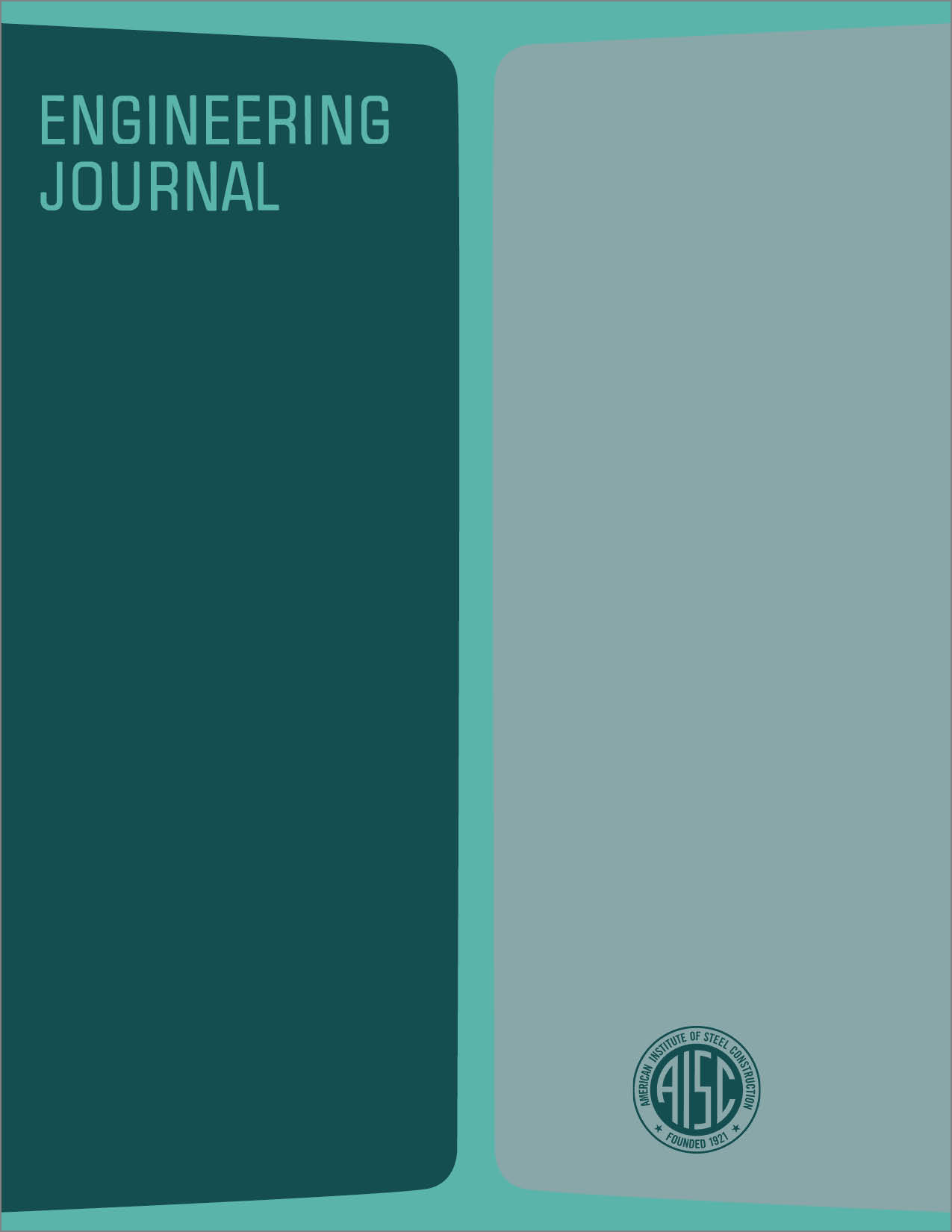The Evolution of German Cable Stayed Bridges- An Overall Survey
DOI:
https://doi.org/10.62913/engj.v4i3.77Abstract
The evolution of bridges with girders stayed by means of steel cables—referred to as "cable stayed bridges" or "cable cantilever bridges"—has taken place in a relatively short period, namely, about fifteen years. In the domain of highway bridges the structural system in question fills the gap that once existed between the "deck" type bridge (with the girders installed under the bridge deck) and the suspension bridge. It has, however, also been successfully applied to the construction of footbridges. As far back as 1950, more particularly for "deck" bridges, of medium span, the continuous solid-web superstructure with orthotropic steel deck plate functioning also as the top flange showed itself to be superior to other systems. For long spans, however, it necessitated considerable girder depths at the intermediate piers, e.g., as much as 33 ft for the worlds biggest bridge of this type, the bridge over the River Save at Belgrade. The bridge with plate girders of constant depth which has been built over the Sill near Innsbruck has a superstructure with a depth of about 25 ft for a span length of 650 ft, i.e., a depth/span ratio of 1/26. Be that as it may, all the cable-stayed bridges that have been built in Germany in recent years are based on the structural system comprising an orthotropic deck plate and continuous girders.

